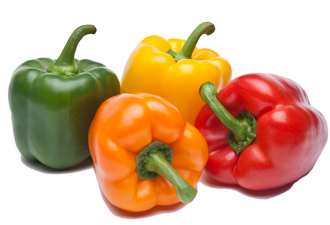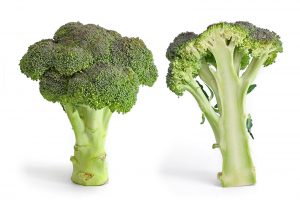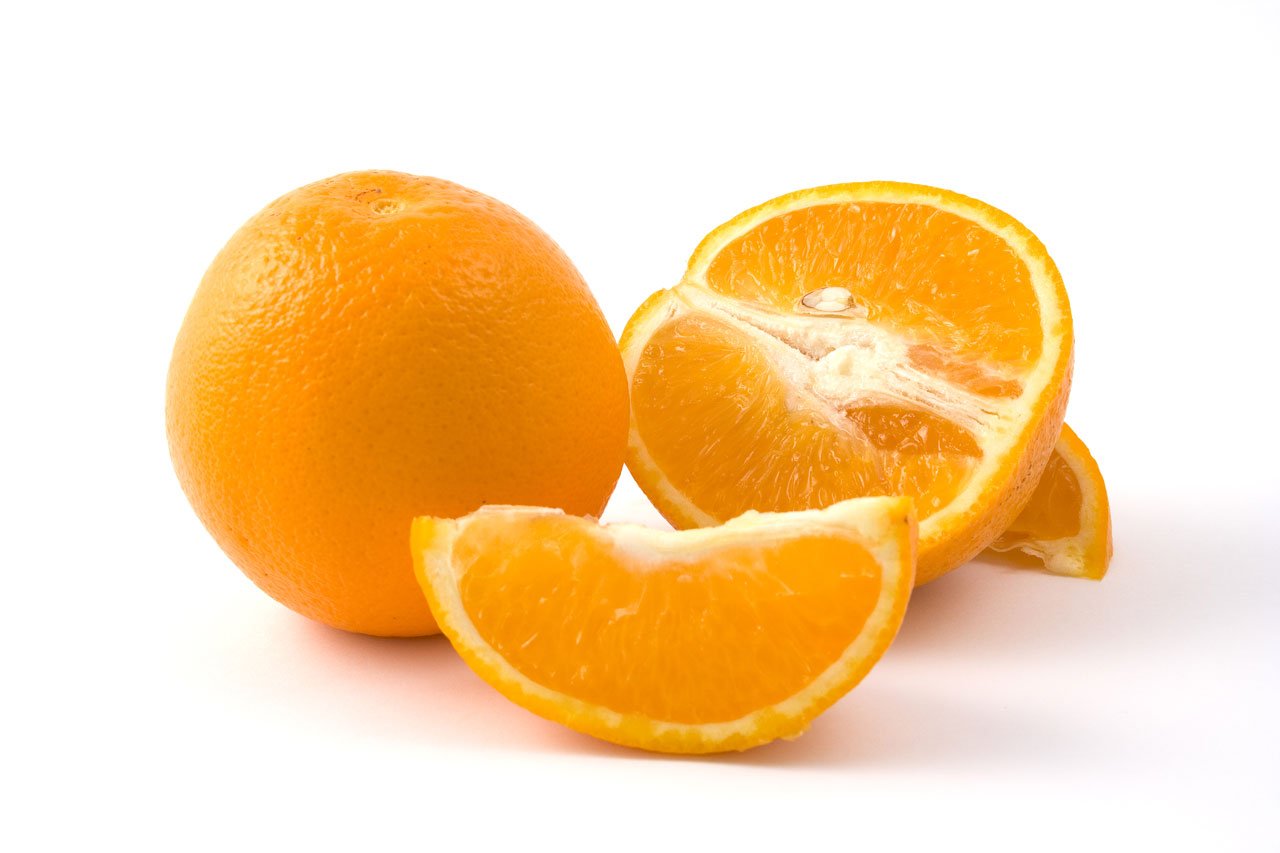Vitamin C is one of the most talked-about nutrients, especially when dealing with colds and coughs. For many, it’s the go-to remedy suggested by parents or grandparents. But what exactly is Vitamin C, and why is it so essential?
What is Vitamin C?
Vitamin C, also known as ascorbic acid, is a vital nutrient that supports several bodily functions. It plays a crucial role in wound healing and iron absorption. It’s also a powerful antioxidant, helping to neutralize free radicals that can lead to serious conditions such as cancer. While some claim it boosts the immune system, there is limited scientific evidence to fully support this.
How Much Vitamin C Do You Need?
The daily requirement for Vitamin C varies based on age, gender, and individual circumstances. Here’s a quick guide:
- Infants (0–6 months): 40 mg
- Children (1–3 years): 15 mg
- Adult Men: 90 mg
- Adult Women: 75 mg
- Pregnant Women: 85 mg
- Breastfeeding Women: 120 mg
For general guidance, the Daily Value (DV) of Vitamin C is approximately 60 mg per day.
Can Too Much Vitamin C Be Harmful?
While Vitamin C is water-soluble and excess amounts are typically excreted, consuming too much can lead to side effects such as diarrhea, vomiting, and abdominal pain. The upper limit for adults is 2,000 mg per day.
What Happens If You Lack Vitamin C?
A deficiency in Vitamin C can lead to scurvy, a condition characterized by symptoms such as:
- Swollen, bleeding gums.
- Small red spots on the skin.
- Painful joints.
- Slow wound healing.
Top 10 Foods Rich in Vitamin C
Vitamin C can be found in various fruits and vegetables, as well as supplements. Here are 10 excellent natural sources:
- Bell Peppers. Both red and green varieties are packed with over 180 mg of Vitamin C per serving. They also contain beta carotene, essential for overall health.

- Guava. A tropical fruit commonly found in the Philippines, guava boasts approximately 250 mg of Vitamin C per fruit. It’s also rich in folic acid, potassium, and manganese.
- Leafy Green Vegetables. Spinach, mustard greens, and other leafy greens can provide up to 120 mg of Vitamin C per serving, along with other essential nutrients.
- Kiwi. Each kiwi contains over 92 mg of Vitamin C. While not native to the Philippines, it’s widely available in supermarkets.
- Broccoli. This cruciferous vegetable offers over 90 mg of Vitamin C per serving and is known for its detoxifying properties.

- Strawberries. A single strawberry contains about 60 mg of Vitamin C. Locally, strawberries are grown in Benguet and are accessible when in season.
- Citrus Fruits. Oranges, calamansi, and pomelo are classic sources, providing around 53 mg of Vitamin C per fruit.

- Tomatoes. Whether raw or cooked, a single tomato contains approximately 22 mg of Vitamin C, making it a common and versatile dietary staple.
- Papaya. This tropical fruit delivers over 60 mg of Vitamin C per serving, along with a healthy dose of Vitamin A.
- Pineapple. A cup of pineapple contains more than 24 mg of Vitamin C. As one of the leading exporters of pineapples, the Philippines makes this fruit easily accessible.
Vitamin C plays a crucial role in maintaining overall health, and ensuring adequate intake through a balanced diet is essential. By incorporating the fruits and vegetables listed above into your meals, you can meet your daily Vitamin C needs without relying on supplements. While it’s generally safe, remember that moderation is key to avoiding potential side effects from excessive consumption. Always consult a healthcare professional for personalized advice on nutrition and health.


